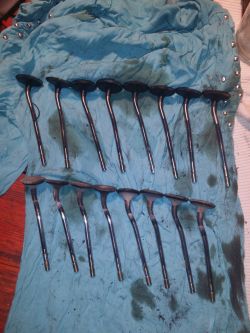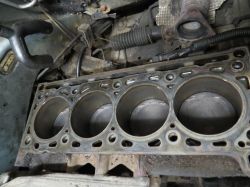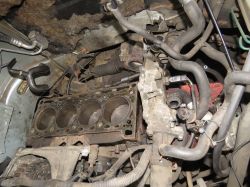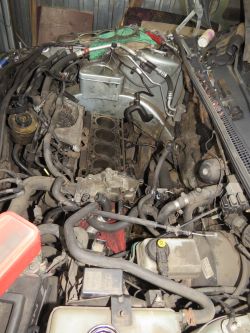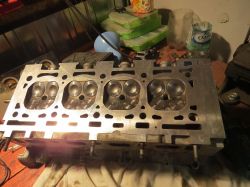Unfortunately, I do not have good news for the owners of the leak from the area of KZFR in the case of my lagoon ended with the replacement of the head.

It started when I bought Lagune I 1999 a few years ago with a 2.0 F4R 140 HP engine with visible leakage from the timing gear, I thought only replace the sealants and there will be git. The mechanic was replacing the valve timing complete set, pump, belts, ZFR wheel, all seals. I intended to drive a few years and that's why I invested in a car. What astonishment it was when it turned out that when I load the engine there is a leak. Several times we changed the sealants trying different tricks, even glued the sealant, ejected, slipped, bought different dimensions and NOTHING !!!!
I have been struggling with this for a year! Leaks did not give me peace and always appeared when I exceeded 100km / h.
Finally a decision was made, we knock down the heads and everything turned out!
The rollers and their sliding seats had large pits, the damage can be seen in the pictures.
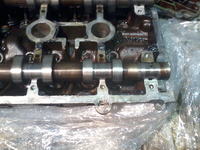
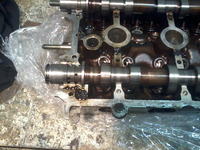
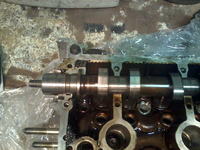
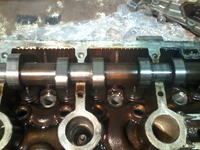
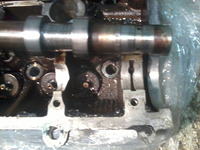

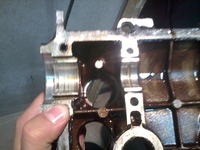
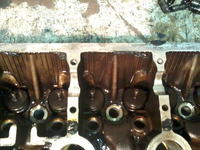
I had to buy different heads which was not easy!
The head cost 1200 PLN and was from a car with low mileage.
Only the head replacement operation had the intended effect!
The leaks have disappeared completely and the engine runs smoothly!
In my opinion, damage occurred for many reasons, the first of which is untimely oil change, the second is poor oil quality, the next is the wear resulting from the teenage age of the car and short-distance operation in the city.
Personally, I think the engine is very successful, dynamic with a high work culture and low fuel consumption in the case of my Lala about 7.2 per 100 HP.

It started when I bought Lagune I 1999 a few years ago with a 2.0 F4R 140 HP engine with visible leakage from the timing gear, I thought only replace the sealants and there will be git. The mechanic was replacing the valve timing complete set, pump, belts, ZFR wheel, all seals. I intended to drive a few years and that's why I invested in a car. What astonishment it was when it turned out that when I load the engine there is a leak. Several times we changed the sealants trying different tricks, even glued the sealant, ejected, slipped, bought different dimensions and NOTHING !!!!
I have been struggling with this for a year! Leaks did not give me peace and always appeared when I exceeded 100km / h.
Finally a decision was made, we knock down the heads and everything turned out!
The rollers and their sliding seats had large pits, the damage can be seen in the pictures.








I had to buy different heads which was not easy!
The head cost 1200 PLN and was from a car with low mileage.
Only the head replacement operation had the intended effect!
The leaks have disappeared completely and the engine runs smoothly!
In my opinion, damage occurred for many reasons, the first of which is untimely oil change, the second is poor oil quality, the next is the wear resulting from the teenage age of the car and short-distance operation in the city.
Personally, I think the engine is very successful, dynamic with a high work culture and low fuel consumption in the case of my Lala about 7.2 per 100 HP.




